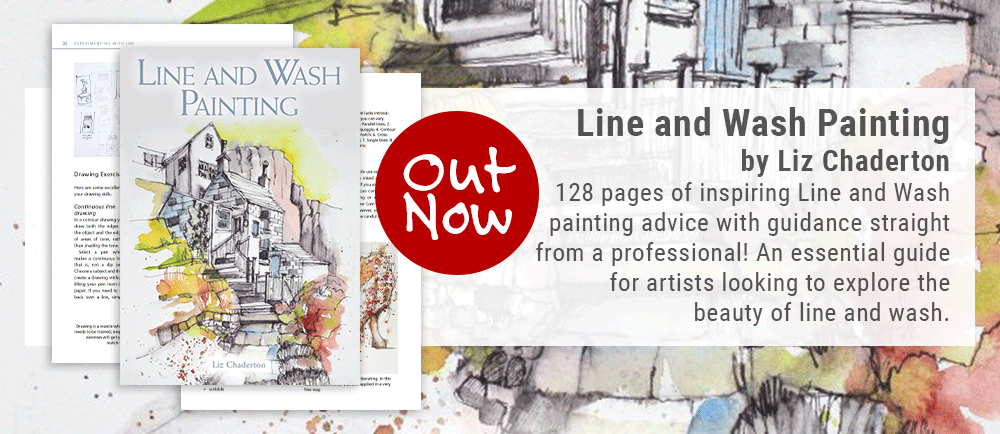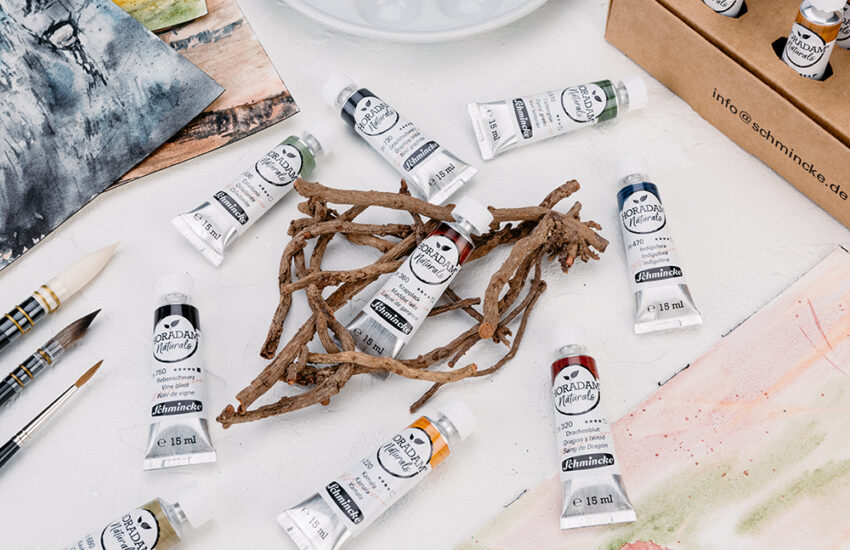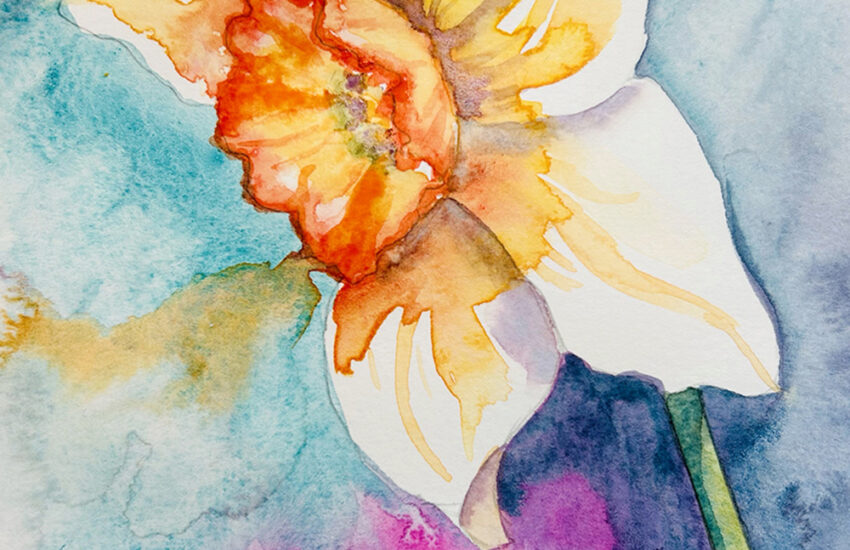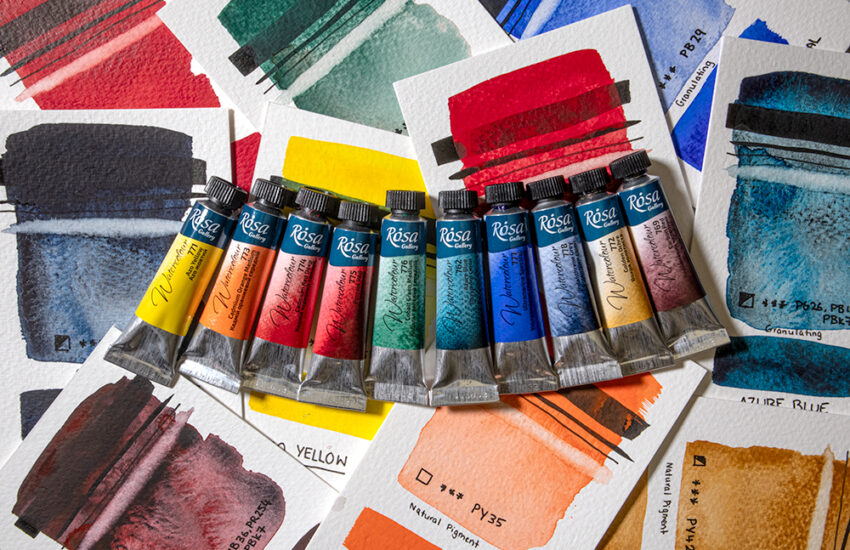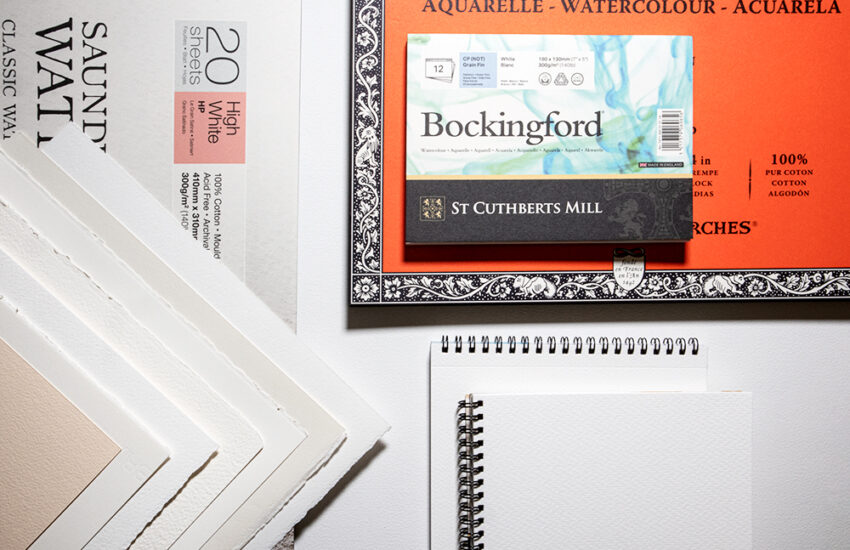An Introduction to Line and Wash
What is Pen and Wash?
Line and wash (or pen and wash if you prefer) is a wonderful way of working which takes advantage of the strengths of both ink and watercolour. Line work often defines edges and form, while the washes (usually watercolour or diluted ink) add tone, colour and an emotional punch. At its best the line and the wash add up to more than the sum of the parts – we are aiming for more than a coloured-in drawing or an outlined painting. Because you are mixing media, it really helps to understand their properties.
Search on the Ken Bromley shop for pens and over 300 results come up; add in ink and that’s another 60 – already you have nearly 400 choices. So before we get into techniques, let’s just think about materials and concentrate on the line side of things.
To get the results you want you need the right pen with the right ink.
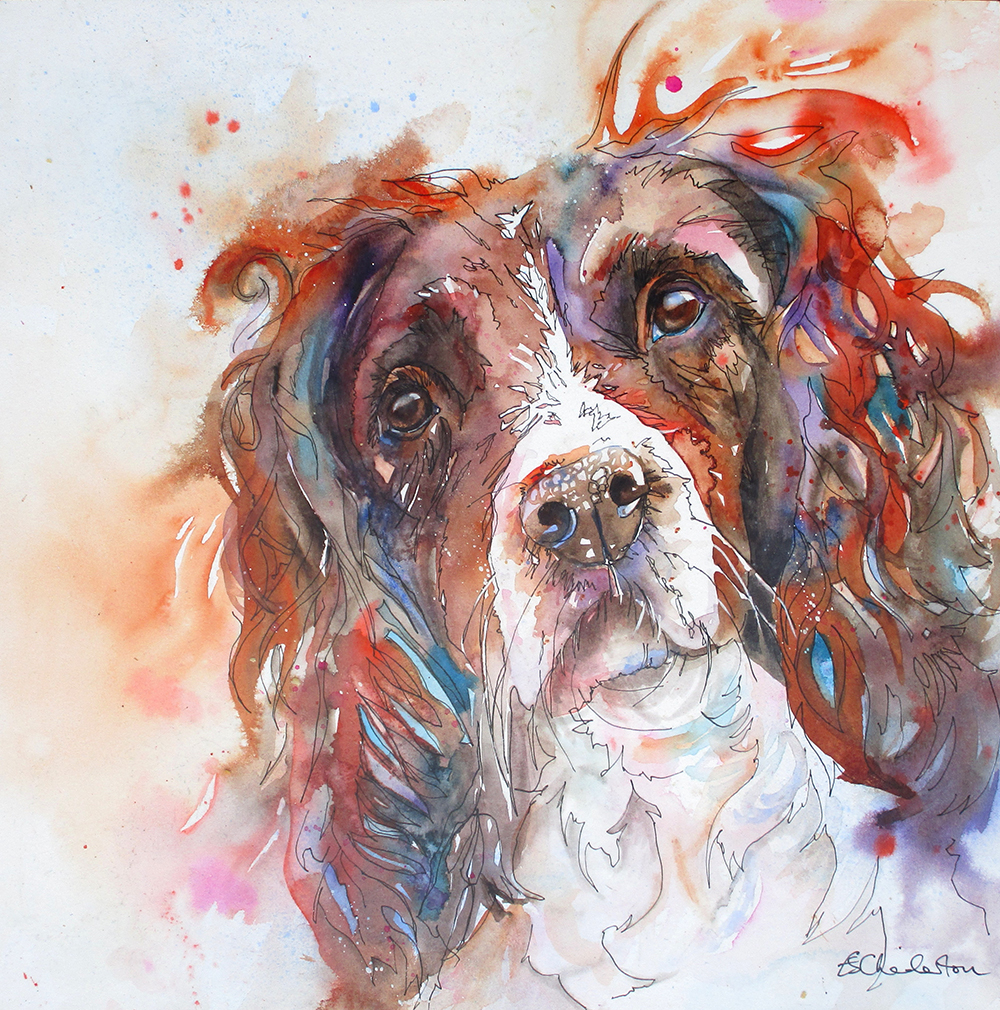
What you need to know about pens
Pens can be divided into two types – reservoir or dip. Reservoir hold their own ink. They might be refillable (think of fountain pens) or disposable (think of biros). Meanwhile dip pens need a bottle of ink.
Reservoir Pens
Reservoir pens are convenient, portable but not all inks work in them. Disposable ones are cheap and readily available, but they are single use plastic so you may wish to avoid them. On the other hand, dip pens have a certain vintage appeal and may be very expressive. It’s easy to change colour and choosing from the huge array of bottled inks available is like being in a sweet shop.
Dip Pens
Dip Pens include metal nibs and holders, glass pens, reed pens, quills and other homemade implements (I am a huge fan of Cola pens made from a drinks can).
One type is not better than the other, but reservoir are certainly convenient and dip pens are often more expressive (and messy).
What You Need to Know About Ink
We won’t dive into the chemistry of ink, but understanding the types and what to look for will really help you. When choosing an ink you need to consider three things:
- Is it waterproof, water-resistant or water-soluble?
- Is it light fast or fugitive?
- What colours are available?
You also need to understand that surface makes a contribution too. A supposedly waterproof pen might move a little with added water on certain papers, so it is always worth testing your particular choices before committing to your masterpiece.
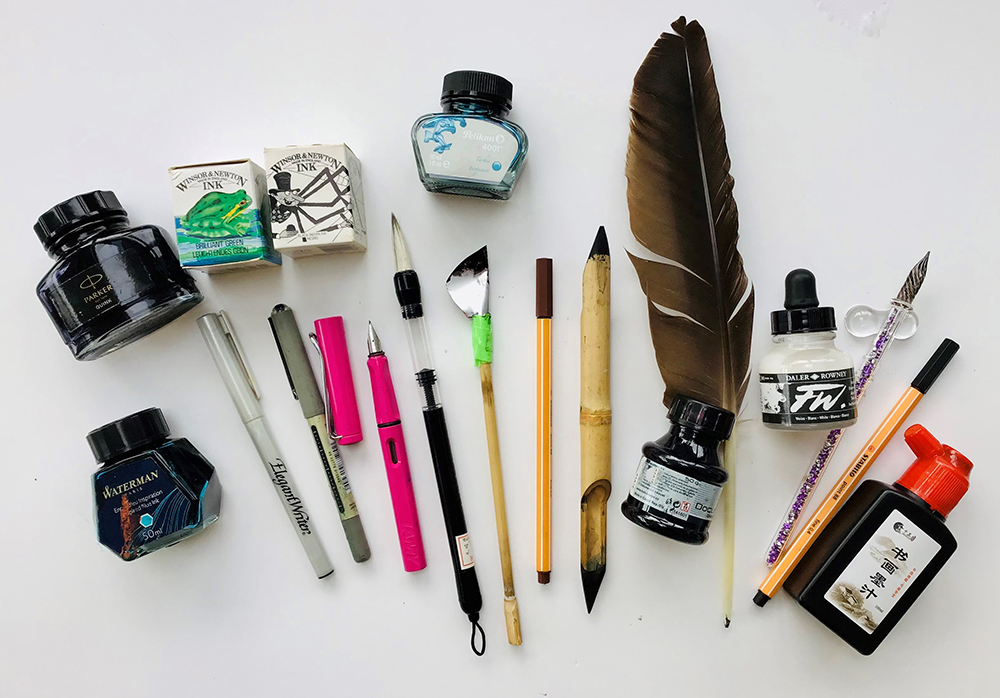
A waterproof ink will not move when water is passed over it, while a water-resistant ink will move, but the line is still visible. A water-soluble ink dissolves in the water. You can still use a water-resistant or water-soluble ink in pen and wash, but you would need to do the wash first and the line second or incorporate the solubility into your work.
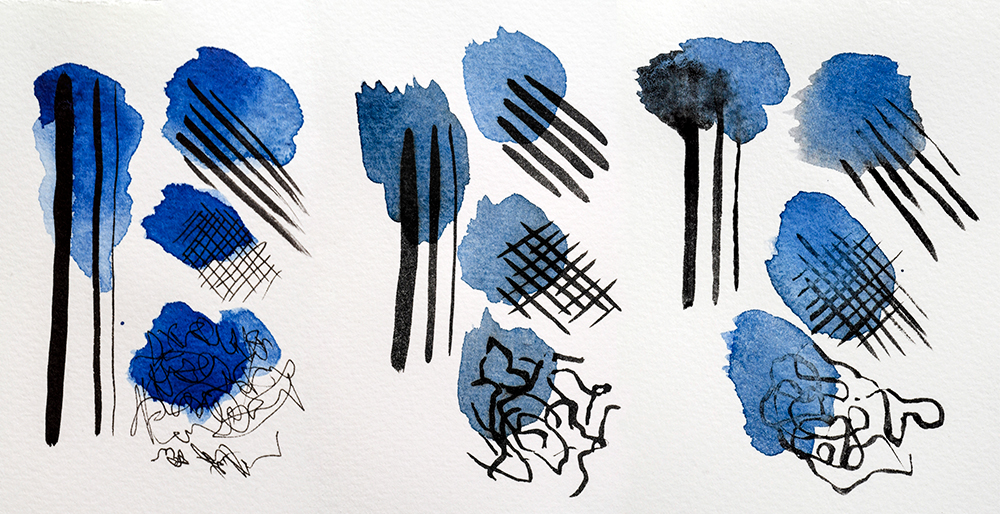
A lightfast ink will not fade with time and exposure to UV, while a fugitive ink will fade over time. Fugitive inks are fine for a sketchbook or for reproduction, but not for an original you intend to display.
Dye-based inks tend to be available in more colours than pigment inks (see below).
Different Types of Ink
There are two main types of ink – dye and pigment.
Dye Based Ink
In dye-based ink, the colouring agent is fully dissolved in the solvent – whether that is water, alcohol or whatever. They are rarely lightfast or waterproof. They come in a vast array of colours and are often vibrant and transparent. Examples of these inks are most fountain pen inks, alcohol-based inks and many marker and brush pen inks. Lovely artist drawing inks and the inks in many of our favourite pens such as Tombows, Elegant Writers, Stabilo 88 are dye-based.
Pigment Ink
Pigment ink is made up of tiny particles suspended in a liquid. They are usually waterproof and light fast. The range of colours is often limited and they are more opaque. You will find pigment ink in technical pens such as Sakura Pigma Microns and other fineliners. Many gel pen inks and some marker and brush pen inks are pigment-based. As they contain particles they can clog up fine mechanisms, so you would not use them in a fountain pen for example. Indian ink (available in more than just black) is an example of a pigment ink.
Fountain Pen Ink
Usually they are dye-based, so not lightfast. However you can get waterproof fountain pen pigment inks such as Platinum Carbon Ink. Another alternative is the Noodlers fountain pen ink, which is specially formulated to bind to the paper so it remains legible when exposed to water. Old fashioned iron gall inks are made with a mixture of iron salts and tannic acid, which is usually obtained from oak galls. After you write with the ink, the iron oxidizes and darkens to make a water-resistant ink. You need to ensure these do not dry in your pen, so if you are not intending to use it for a while, do clean it out.
Ink for Dip Pens
Just about any ink could be used as a dip pen ink, but inks that are specifically sold for dip pens are often thicker and may contain larger particles that will clog reservoir pens.
Acrylic dip pen inks are essentially pigment suspended in liquid plastic. They can be thinned with water during use, they become thoroughly waterproof once dry. They are also lightfast, so they are a good choice for work you want to last.
As a rule of thumb for artwork which is to be displayed choose a pigment ink and for one which is in a sketch book or will be reproduced, you can use anything.
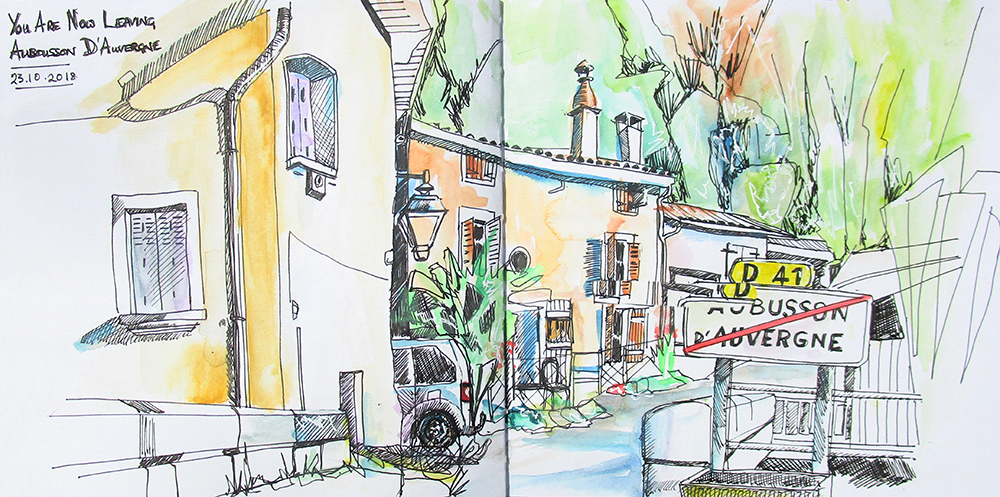
Which comes first pen or wash?
Once people have asked ‘which pen/ink should I use?’ they usually go on to enquire which comes first – pen or wash? We will look at that in the next blog post – spoiler alert: whichever you prefer!
